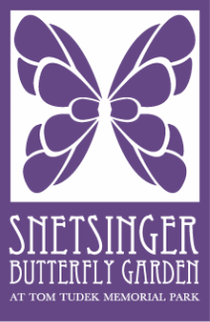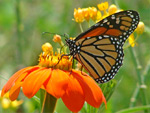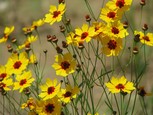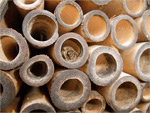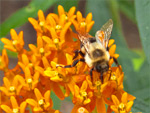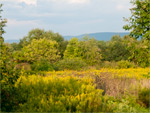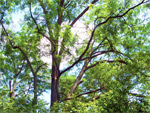The Snetsinger butterfly garden is located within tom tudek memorial park - 400 herman dr., state college pa 16803
If parking in the main lot off Herman drive, facing the soccer fields - follow the path on your right. The butterfly garden is a short walk (approx. 200ft) from the parking area.
